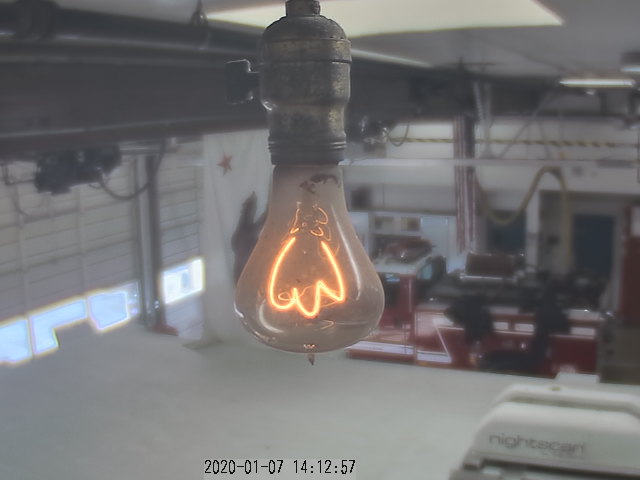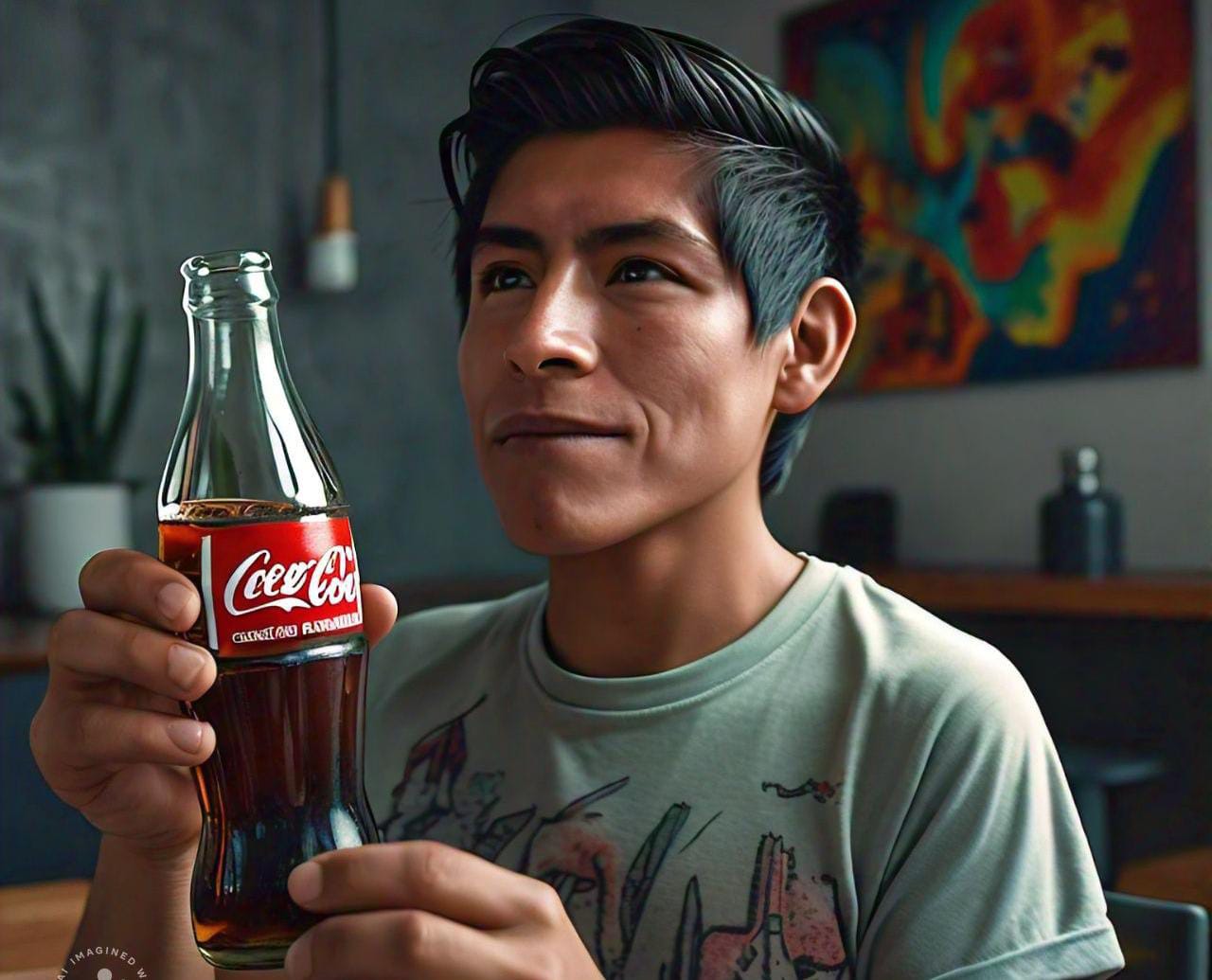
Climate crisis: what you can do. Part 1: Everyday changes
The news about the climate crisis is becoming more numerous and of greater proportions and in the face of it the disheartening question arises: "What can I do?…
Preparing the future means organizing pessimism.
Laure Adler
"Hannah Arendt. A biography."
2019 was a year of terrible news in environmental terms: the heat wave in Europe, the fires in the Amazon and the devastating bushfires in Australia, to mention just three of the most prominent examples. All have a a common origin: climate change.
Climate change and its consequent crisis is fundamentally related to the release of greenhouse gases into the atmosphere (CO2 and methane are the most commonly known). These gases cause the heat that enters as part of the solar energy that reaches the Earth to be maintained and accumulated inside.
Carbon dioxide (CO2) is the product of millions of natural and industrial processes. It is part of the waste products of the decomposition of plants and animals, of our breathing, volcanic activity, the burning of trees and fossil fuels, and a long, long etcetera.
In this vein, we should not demonize carbon dioxide (which is also necessary for many natural processes, such as photosynthesis, whose waste product is oxygen) or punish ourselves for having the needs we have, even if they produce carbon dioxide. Like all living beings, we need food, shelter and reproduction, at the very least (let's add the other basic needs of humans, such as culture).
The problem is not that we are many or that we live creating things: it is that we are disproportionate. The planet has been through catastrophes for as long as it has existed, and as David George Haskell says in "The Forest Unseen," "the Ice Age teaches us that annihilation [of the kind we have caused] can be turned around, but at a rate measured in millennia, not decades."
Life on earth is not going to end, it will change radically. We don't know how much of the life we know today will be saved, but at a minimum there will still be bacteria and insects. But, just as the 20th century faced dire circumstances, such as the concentration camps during World War II, we are now called upon to take up and meet this challenge which (like the last) we ourselves have gestated.
In order to organize pessimism and think about the future, we have prepared these articles with concrete actions that contribute to mitigate the climate crisis and to break the paralyzing impotence.
Exercising the right to vote will not be an everyday action, but it is fundamental because the changes we need are structural and global in scale, which is only possible if we make our democratic systems work for the well-being of all, as they should. This requires changes in legislation and in the economic models of our countries. Let's vote — the world is burning.
In many countries, such as the United States, Brazil or Australia, their leaders have denied the existence of climate change or, as in Australia, have stated that the changes they will make will have economic stability as a priority.
While it is true that we cannot make a clean sweep, there is nothing more dangerous for all economies than to continue to deny climate change and its consequences.
Australian Prime Minister Scott Morrison may refuse to take action to reduce carbon dioxide emissions on the grounds that this would have a major impact on industry and economic development, but there can be no economic development if for weeks and months of the year thousands of people have to flee in fear for their lives — if every country has to be rebuilt from ashes, if crops are lost, if factories burn down, if animals die of thirst, hunger and fire.
Bill Gates popularized the idea that if all the cows in the world formed the Independent Republic of Cattle, they would be the third country with the highest amount of greenhouse gas emissions, just after China and the United States. This is due to the effect of methane that all cattle produce during their digestive process and end up expelling as gases. Methane has an impact 26 times higher than CO2.

While it is not necessarily true that the flatulence of cows is killing us, methane does have a much greater impact than carbon dioxide and, more seriously than methane alone, cattle farming does encourage the burning of millions of hectares of forest and woodland every year.
This, on the one hand, fractures ecosystems and water cycles and, on the other hand, releases the carbon that was stored in tree trunks and roots into the atmosphere, while reducing nature's capacity to absorb and store CO2.
Options:
a. Eat less or stop consuming meat and animal products
b. Diversify the animals that are consumed. Smaller animals, such as pigs and turkeys, produce less gas and require less space to raise.
c. Diversify the food consumed, in general. We live on a planet with millions of species, of which we only use a few dozen to feed ourselves, putting a lot of pressure on nature. If we diversify the products we eat we encourage the fertility of the earth, the conservation of native species and we gain in variety of flavors.
The easiest and most enjoyable thing is to get together with friends and try out new recipes. In this way, little by little, we introduce changes in our daily lives.
RELATED CONTENT
In countries with seasons these two factors are very important. The summer heat will be unpleasant, but the air conditioners we use contain F-gases, which have an impact 23,000 times greater than CO2. The vicious cycle is that as temperatures rise, we will tend to use air conditioning more.
Here is an arsenal of options for passively cooling a house. The most important of these is to create air currents. All you have to do is turn off the air conditioning, pull down the curtains and open the windows. The air flow will allow the hot water inside the house to evaporate and disperse and the temperature will drop. Another resource is to create shadows in as many areas as possible: having plants in front of the windows can help a lot.
Heating, by contrast, is based on high consumption of electricity or fossil fuels, so assuming we can generate electricity without a carbon footprint, the solution would be for all heaters to be electric.
In the meantime, all we need to do is turn the heat down a couple of degrees. You can take advantage of the new recipes you are looking for to make soup or hot chocolate.
The accumulated amount of everything we transport on the planet each year, from holiday trips to the lettuce we eat to the clothes we wear, accounts for 14% of carbon dioxide emissions.
With regard to the use of products, the best option is to look for the local ones. The less that the food, clothing, furniture, etc. that we use has traveled, the smaller our carbon footprint.
With regard to our own travel, there is no doubt that the best options are walking, cycling and public transport. But there are places we cannot reach by bus.
The first thing is to avoid air travel as much as possible. Train tickets tend to be more expensive, but already some train companies are beginning to offer options, as the public is growing willing to sacrifice savings for carbon footprints.
When there is no option, taking direct flights reduces the carbon footprint of the journey and packing lightly does, too, as the lighter the plane, the less fuel it will burn.

Many of the products we use in our daily lives could last longer but they don't because market pressure has led them not to do so. Trends such as fast fashion or programmed obsolescence mean that we tend to buy more things than we really need and replace them more quickly.
We don't need to change our cell phones every year, nor the new TV that has just been released. And even when we don't use them anymore, we can dispose of them in environmentally friendly ways: second-hand clothing stores, giving away or selling the old cell phone, or taking it to recycling.
Recycling has multiple advantages: it avoids the use of natural resources, the accumulation of waste in landfills, it saves energy and the processes necessary for the recycling of materials tend to create jobs along the entire production chain.
In general, if you search with a little patience, it is possible to find almost any product that fits either or both of the last two sections. In the second part of this article you will find links to some of them.











LEAVE A COMMENT:
Join the discussion! Leave a comment.